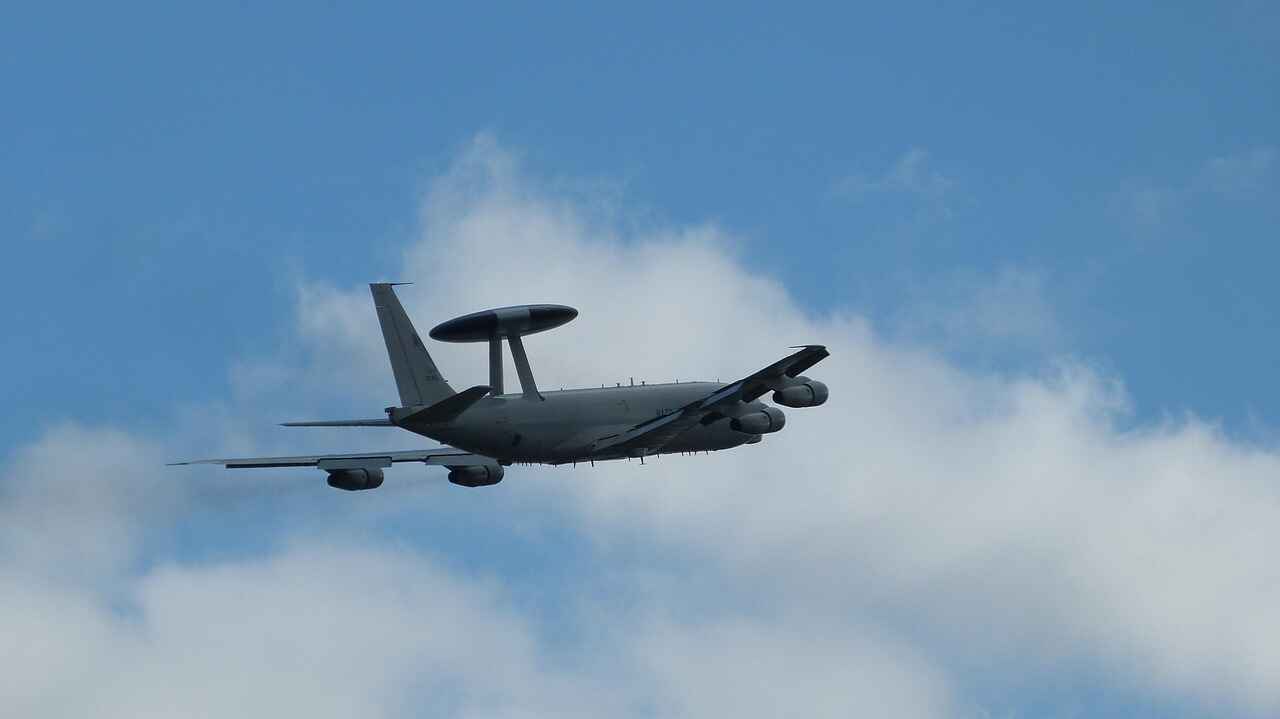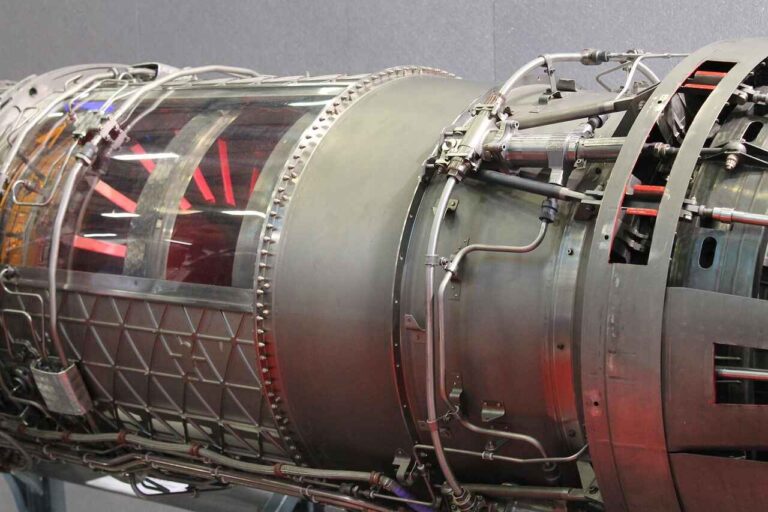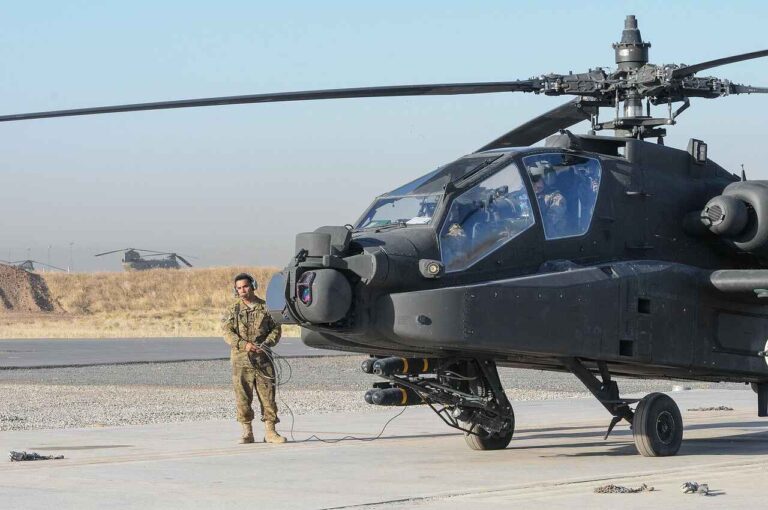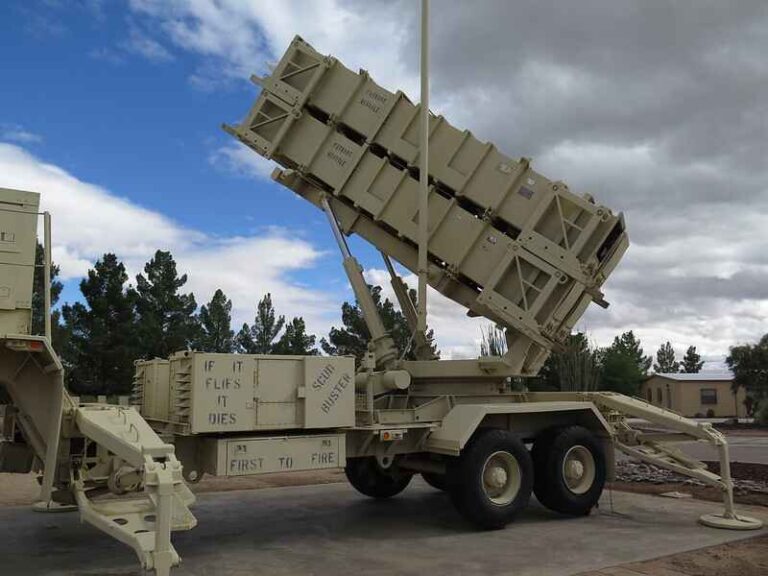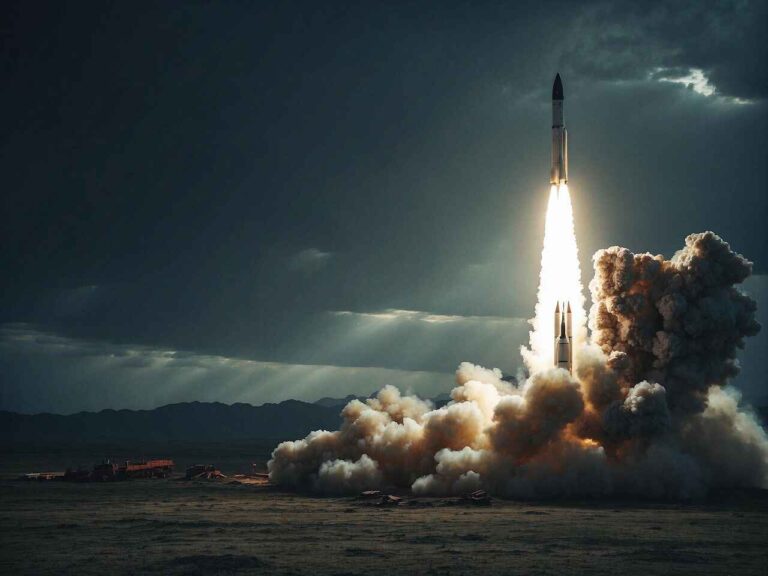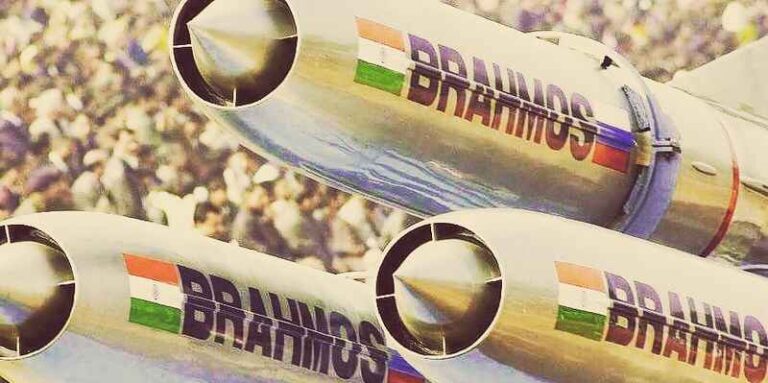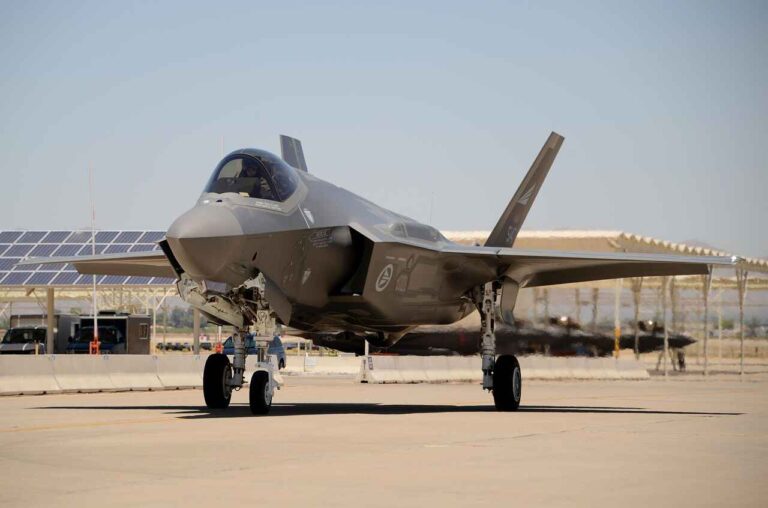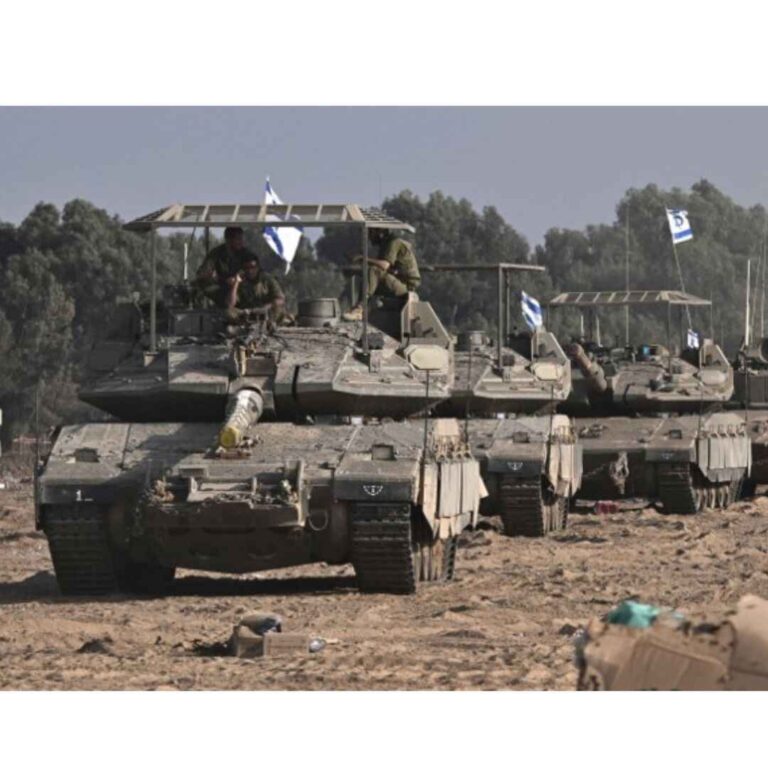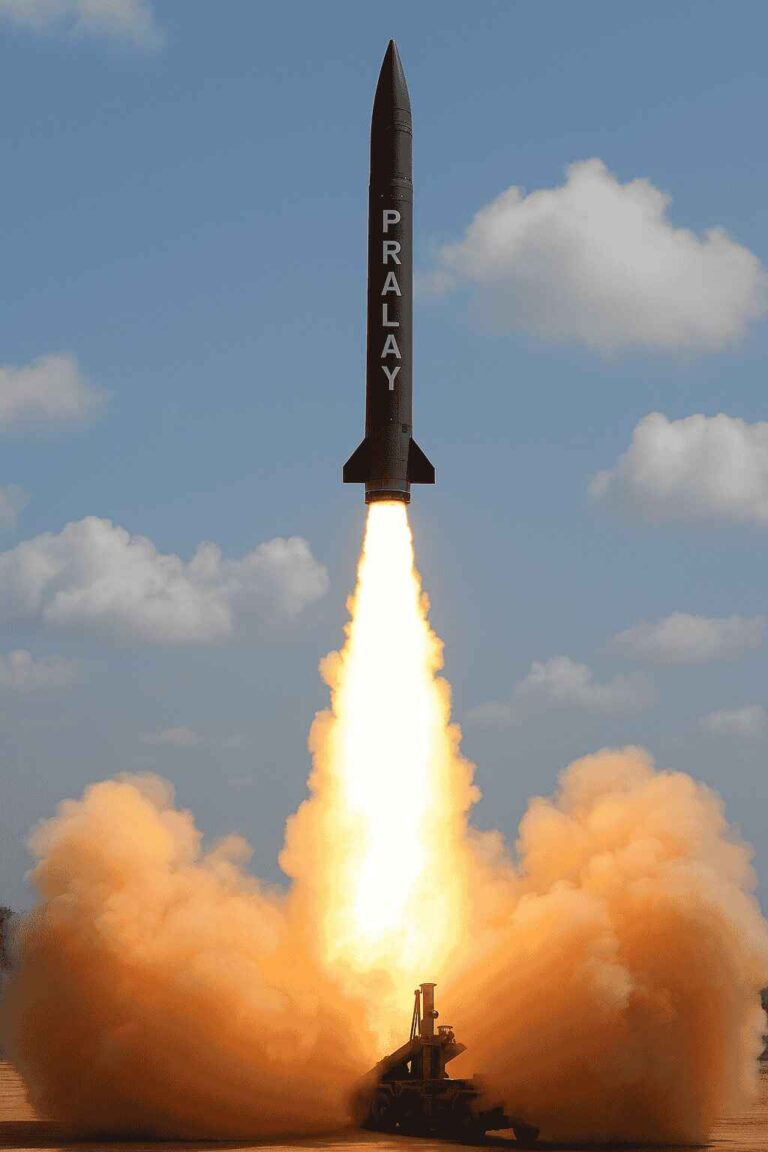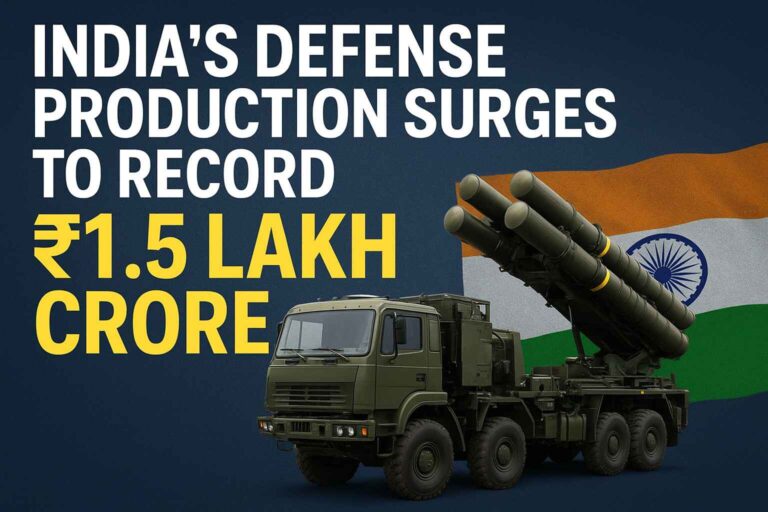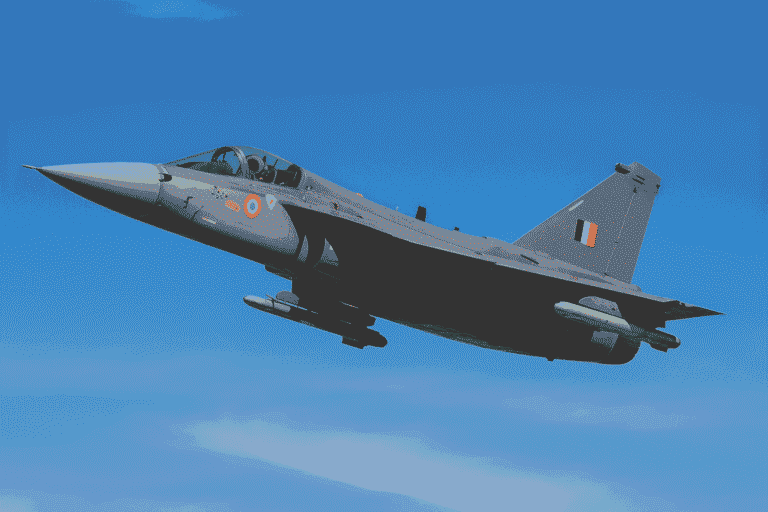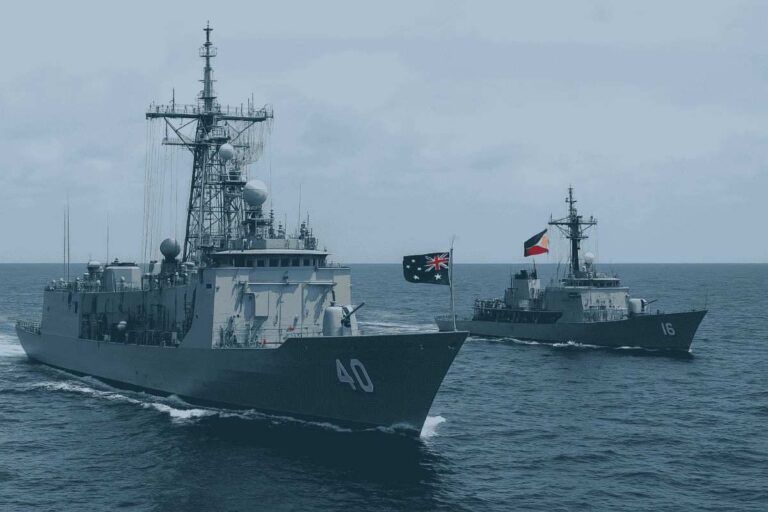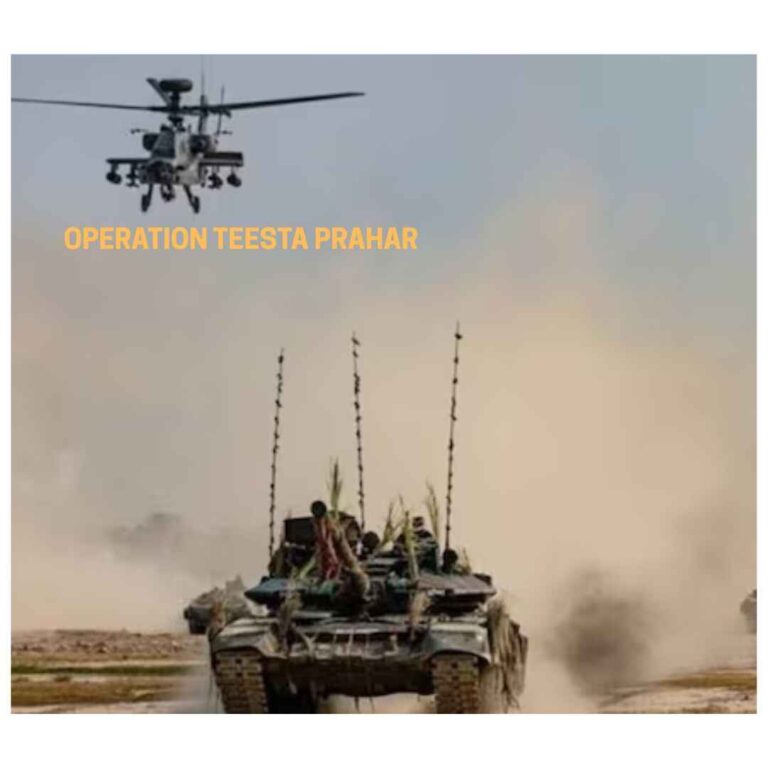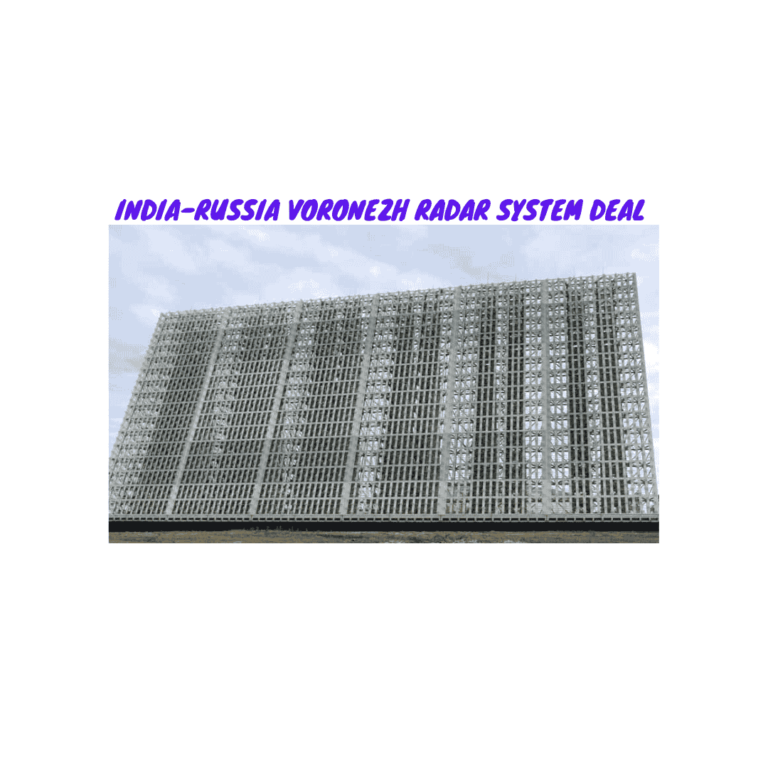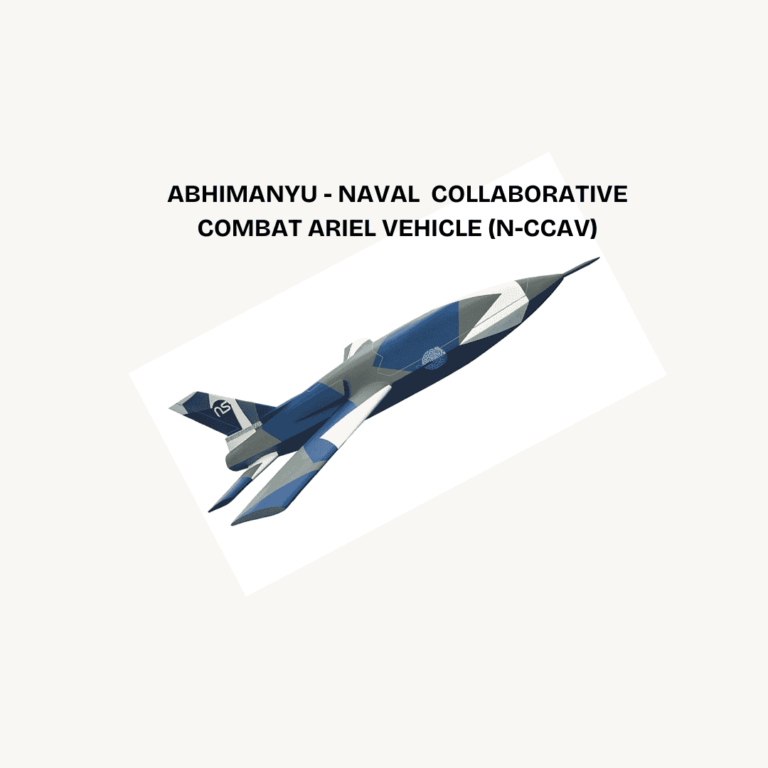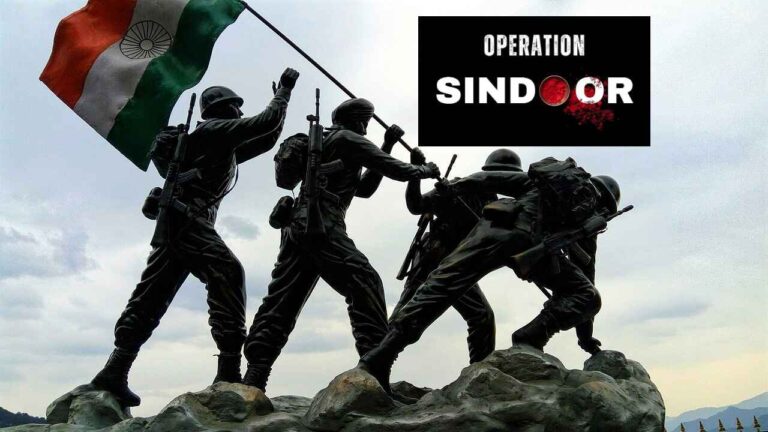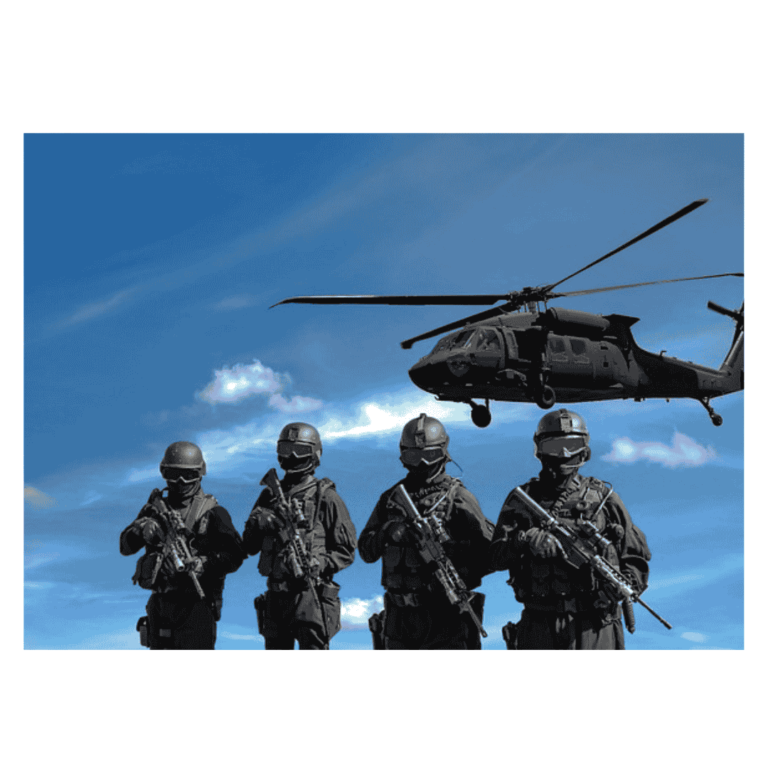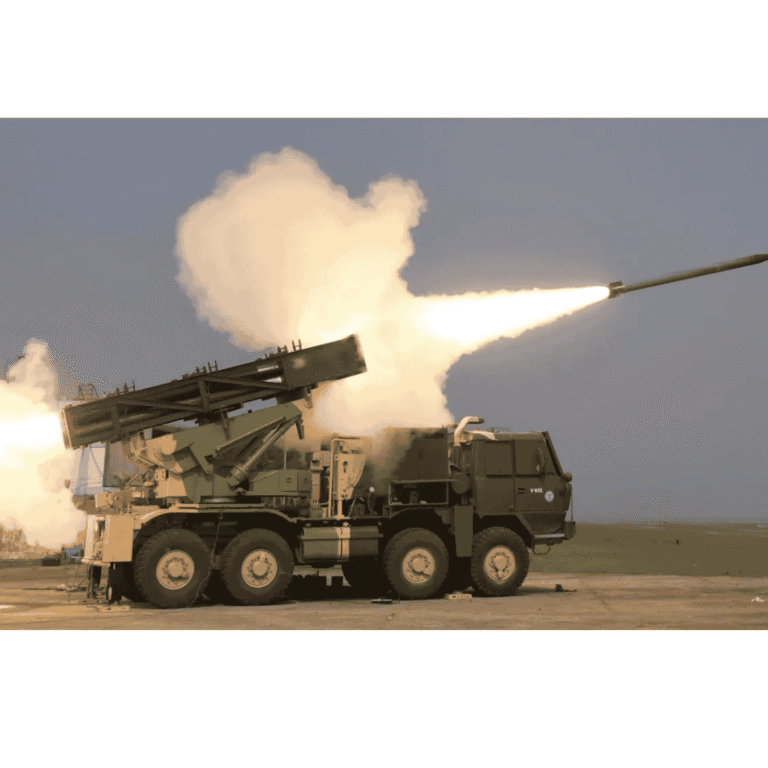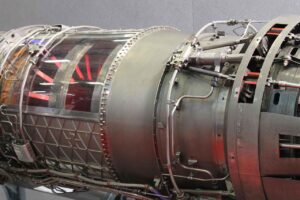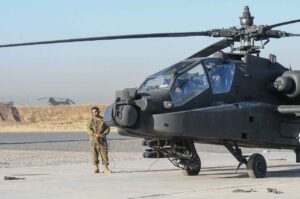Friday, July 18, 2025
On July 17, 2025, the Cabinet Committee on Security (CCS) approved a ₹20,000 crore project to convert six ex-Air India Airbus jets into advanced indigenous Airborne Warning and Control Systems (AWACS), designated as Netra Mk II, for the Indian Air Force (IAF). This decision represents a significant advancement in India’s aerial surveillance capabilities.
This development follows earlier approvals by the Defence Acquisition Council (DAC) in March. The Netra Mk II will enhance the existing Netra Mk I/1A Airborne Early Warning and Control Systems (AEW&CS), which currently utilize Embraer ERJ-145 aircraft. The Mk II will feature Gallium Nitride (GaN)-based AESA radars mounted on a dorsal fin, along with a forward nose-mounted AESA radar. This configuration will provide approximately 300° detection coverage, an improvement over the ~240° coverage of the Mk I variant.
Developed by the Defence Research and Development Organisation (DRDO) in collaboration with Airbus and Indian defense firms, this project aims to position India among the few nations capable of designing, converting, and operating purpose-built AWACS. The conversion of each aircraft is expected to take about two years, with initial flight trials planned around 2029 and service induction anticipated by 2030.
Once operational, the Netra Mk II aircraft will significantly extend India’s threat detection range, estimated at up to 450 km, and will enable multi-sector command and control. These aircraft will function as airborne nodes capable of conducting surveillance in the sky, on land, and across maritime domains, linking intelligence seamlessly across battle networks. The system’s real-time processing capabilities and secure communication infrastructure, which includes both Line of Sight (LOS) and Satellite Communication (SATCOM), will serve as a strategic force multiplier.
This project is part of India’s broader “Awacs India” program, which aims to replace legacy systems and create a more autonomous surveillance architecture. The transition to reusable, indigenous platforms aligns with India’s Make in India and Aatmanirbhar Bharat initiatives.
Defense analysts emphasize the importance of this move: while only a few nations currently possess such AEW&C capabilities, India’s initiative indicates a growing maturity in aerospace technology and a reduced reliance on foreign systems. Once inducted, these aircraft will help address surveillance gaps along the borders with China and Pakistan while also providing essential support for joint operations and maritime domain awareness.
In the years to come, the Netra Mk II fleet is expected to be the backbone of India’s air defense and intelligence network, bolstering strategic deterrence, enhancing force coordination, and improving decision-making across various sectors.

